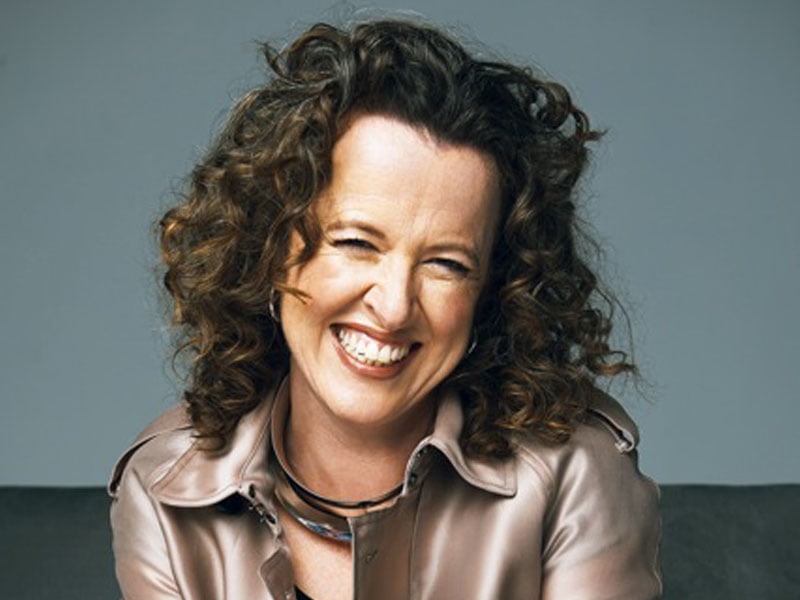It might be International Women’s Day on Thursday – but for women working in technology it’s still a long way from Equal Pay Day.
Right now, there’s a 20 per cent gap between men and women performing similar technology related roles in Australia.
There’s no excuse for it says Jacqui McNamara, chairperson of FITT (Females in Information Technology and Telecommunications).

While achieving workforce parity takes time and is affected by the economy as well as the supply of female skills, achieving pay parity for women already in the workforce is purely an executive decision according to Ms McNamara.
“Pay parity is a huge issue and a real barometer of a company’s commitment to gender and equality. It’s easy to fix. It can be turned on a dime,” she said.
Last year’s International Women’s Day (IWD) theme was Pledge for Parity, but it seems to have fallen on deaf ears. At the end of 2017 the World Economic Forum revealed that at the current rate of progress it will take 217 years to achieve gender pay parity.
The Australian Computer Society and Deloitte Access Economics have identified a 20 per cent pay gap between men and women working in the technology field in this country.
Over a lifetime of work that results in women earning significantly less and having much lower superannuation balances than their male peers.
Ms McNamara added that it also means women find it harder to leave violent relationships, or to pay for the sort of childcare they want in order to return to work.
She warned that businesses should not consider the journey toward gender equity as some form of “nice to have” social enterprise initiative, because it has a hard economic edge. Ms McNamara cited EY analysis that showed; “Diversity adds an average of 7 per cent net to the bottom line.
For Telstra – where Ms McNamara works as head of security services – “that’s $3 billion a year.”
“Gender diversity is not just social enterprise, it’s worth billions. Companies that are paying lip service to this are not bringing their best game,” she said.
The 2018 theme for IWD is Press for Progress, and in Australia’s technology sector there are signals that progress is underway.
High profile women include Pip Marlow, formerly MD of Microsoft and now CEO of customer marketplace for Suncorp; Melanie Perkins, co founder and CEO of Australia’s latest unicorn, Canva; Maile Carnegie, former MD of Google now ANZ’s group executive of digital banking; and Annie Parker, who founded Telstra’s muru-D incubator and latterly headed Fishburners, who has been appointed as Microsoft’s global head of startups.
(Among startups themselves women remain under represented – only around 25 per cent have women founders according to the 2017 StartUp Muster.)
The gong for the nation’s highest global tech profile would need to be shared between Professor Michelle Simmons, lead of the quantum computing efforts at the University of NSW and 2018 Australian of the Year, and Genevieve Bell, Intel senior fellow and a professor at the ANU.
Having high profile women in senior roles is essential to prime the pump of female talent entering the workforce and ultimately help address the gender imbalance of the sector.
But there’s no need to wait on pay. Ms McNamara said that FITT runs workshops to help women build confidence so they are more comfortable asking for a rise and equity with their male peers.
When companies heed that request there can be a significant impact.
Last week the Workplace Gender Equity Agency (WGEA) and Bankwest Curtin Economics Centre released a report, Gender Equity Insights 2018: Inside Australia’s Gender Pay Gap, which revealed that when companies completed a pay gap audit and took action the pay packets of female top-tier managers rose $24,000 on average, while male top-tier manager salaries decreased by $4,000.
It also noted a rise in the number of companies conducting pay gap analysis – rising from 24 per cent in 2014 to almost 38 per cent in 2017.
Technology sector companies which have made a commitment to equal pay to the WGEA include Peoplebank, VMware, Seek, SAP, ThoughtWorks, Microsoft, Telstra, nbn Co and MYOB.
However just two technology companies, VMware and Telstra, made it onto this year’s WGEA list of leaders in gender equity.
Executives from both companies have previously signed up as equal pay ambassadors with the WGEA, and their most recent reports to the agency note that each has a strategy to achieve pay equity among the genders.
But those reports also reveal that even for the two beacon companies, there is a long way to go before true gender equity is achieved.
Telstra’s most recent WGEA report notes that 1028 of 3807 managers are female, 7478 of 25914 non managers – around 28 per cent. VMware reported in its 2016-17 WGEA report that 11 0f 53 managers are women. 55 of 256 non managers – about 21 per cent in total.
IWD’s Press for Progress theme has a tough row to hoe.
Do you know more? Contact James Riley via Email.

